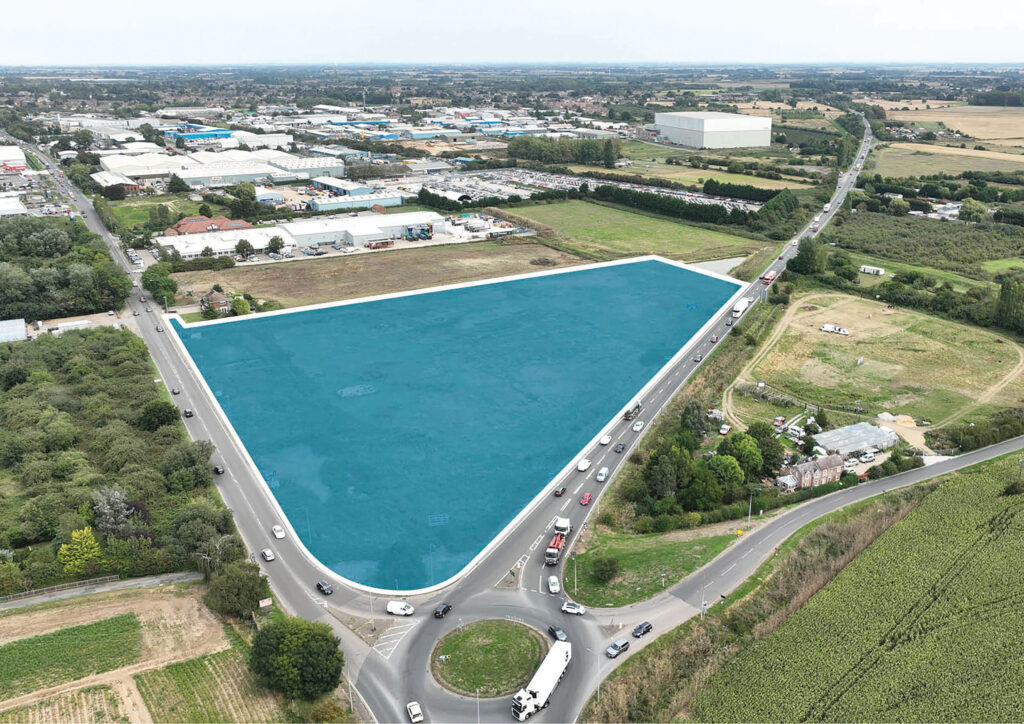About this time every year, millions of people start thinking about what they’d like to do to change something about their lives, from kicking habits, beginning new habits (preferably good ones) to doing more or doing less. Unfortunately, the mindset needed to resolve to do something, and that required to actually do it are entirely different. Most people make resolutions with thoroughly good intent, many quit and alas, many never start.
It’s pretty easy to break a promise you make. In fact, research shows that, by this time of the year, a third of all intended New Year’s resolutions have already fallen by the wayside.
The top resolutions that tend to get broken
I’m sure everybody is familiar with many of the resolutions made that, year on year, tend to fall into the category of ‘regularly broken’;
- Lose weight
- Get fit
- Stop smoking
- Quit drink
- Get out of debt
- Save money
- Travel more
- Learn a new skill
Why we often don’t do what we resolve to do
The trouble with making a resolution and then actually keeping it is that we battle against our impulses. Mental and physical addictions; the human machines predilection towards procrastination; the professional and personal pressures we all endure courtesy of today’s society; an innate aversion to change. Very often all these conspire to make ‘giving up’ and ‘maintaining the status quo’ a far more attractive and doable outcome than ‘following through’.
Don’t deny it! We all recognise the relief we feel when we decide to do nothing rather than burden ourselves with the responsibility of actually doing what we resolved to do. And we all recognise the subsequent guilt and shame, right?
For those blessed with no aversion to change and who are actually driven by change, making a resolution and sticking to it, tends to be a regular life choice, rather than an annual event. Enabling yourself to stick to those New Year’s resolutions is fundamentally more about changing the way you think – more about making a ‘life change.’
So, how do you make those changes, realise those goals, and stick to those resolutions?
Well, it’s a process. You could, if you were so inclined, see it as project planning or project management. Many will wave dismissive hands, and pooh-pooh this approach as simple, obvious, and as arguably that most famous of oxy-morons; ‘common-sense’. As dismissive as they might be though, many still seem to find following the process inordinately tricky, disembarking the resolution train at procrastination station, and fondly waving a hankie as their dreams and goals chuff away into the sunset.
Making goals real
The thing with ‘resolutions’ or ‘goals’ or ‘wishes’ is that they don’t go anywhere unless you actually do something; they simply remain resolutions, goals, or wishes. To turn them into living, breathing things with momentum, power, and meaning behind them, you need action.
The best way to ensure ‘action’ is to have a ‘plan’ of action. If you don’t, then everything simply becomes, more often than not, ‘shoulda, woulda, coulda’.
“So, what is this simple process?” we hear you ask…
Equip yourself with paper, pen, and perhaps a block of Post-Its, then follow these ten steps:
- Imagine where you want to get to and what life will look like when you get there; now write it down.
- Follow that with compiling a set of goals that represent that destination, that point in time, that ideal future, that lifestyle. Write them down.
- Now, for each goal, write down the major things that will need to happen on your journey to reaching the goal – the waypoints, the major milestones, the significant stops along the way.
- Now put the waypoints, the major milestones, in the order they’ll need to happen.
- Next, from where you are now to your first milestone write down the actions that you or others will need to take to make sure you make it to the milestone. Put the actions in the order they will need to happen.
- Then write down the actions needed to move you from the first to the second milestone and put them in the order they will need to happen. Repeat the exercise for all subsequent milestones.
- Do the same exercise to move you from your final milestone to your destination, then make a list of the things you will need to check off when you arrive to make sure you have reached your goal.
- Finally, for each milestone, set a completion time or date, based on how long it will take to complete the actions needed to get there.
- Sit back and admire your plan, because that’s what you now have – a comprehensive plan of action to reach your goals and, hopefully, make good on your resolutions!
- All you have to do now is make it happen.
Some good habits
When it comes to resolving to make changes for the future, and making financial provisions to facilitate those changes, here’s a list of some of the things we’ve identified as good practices and habits:
- Make resolutions a family effort
- Examine your finances
- Change your ‘money mindset’
- Get out of debt
- Get Organised – get your house in order
- Spend time with family
- Enjoy life to the fullest
- Stop procrastinating
- Make a budget & stick to it
- Establish an emergency fund
- Understand the difference between need and want
- Save money
- Get out of credit card debt
- Start saving for your future
- Stop throwing money away (stop spending, start saving)
- Save in advance for education
- Hire a professional – make an appointment to see a financial planner and advisor
Sometimes we all need help
When it comes to managing life, and maintaining the finances and assets we need in modern society to help us get to where we want to go, we often need help and guidance, as well as a bit of encouragement, cheerleading, and hand-holding along the way.
“Going it alone” can sometimes feel terribly difficult and, with the busy lives we have as individuals, doing what you need to get where you need to be while trying to maintain a cohesive partnership and family often seems daunting. More often than not, it can almost feel as though ‘life’ seems to get in the way of ‘living’.
The good news is you don’t need to do all this alone.
Many fail to complete resolutions because navigating the whole process of planning, implementing, and managing change can feel intimidating, but seeking help from an advisor to reach your goals doesn’t need to be complicated.
If you could benefit from some help with aligning your life and finances through Lifestyle Financial Planning to make sure you have enough to realise the lifestyle you want, then get in touch – we’re here to help.
Ideally, we encourage everyone to meet with us to perform a complete analysis of their circumstances and future lifestyle requirements and work with us to construct a comprehensive plan. However, if you’re not ready for that yet, we still recommend making an appointment to talk through the process.




